LIVE RESIN VS ROSIN: THE PROS AND CONS

From the ancient times, where cannabis was utilized for medicinal and recreational purposes, to the present day, where over two-thirds of Americans advocate for its legalization, the cannabis industry has undergone a transformative journey. This evolution has not only expanded accessibility but also introduced innovative processing techniques and diverse consumption methods, moving far beyond the “one-size-fits-all” approach of the past.
The Evolution of Cannabis Consumption
A Journey Through Time
The cannabis plant, with its multifaceted uses, has been one original plant intertwined with human history for over 5000 years, dating back to the early Bronze Age. The makeshift production methods once executed in garages have now evolved into sophisticated processing technologies within nine million square feet indoor cultivation and processing centers. This section could delve deeper into the historical context, exploring various civilizations’ interactions with cannabis and its evolution through different eras.
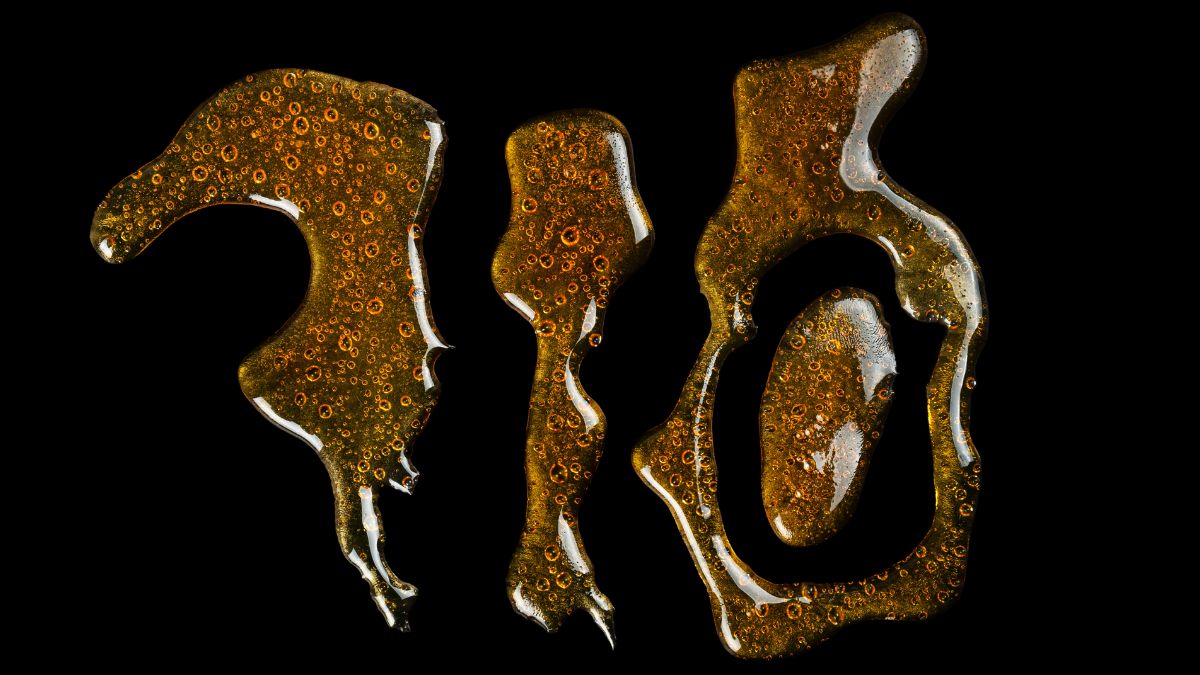
The Rise of Cannabis Extracts
The modern cannabis experience is personalized and tailored, offering a plethora of products like extracts, edibles, tinctures, topicals, and flower, each providing a unique experience. The versatility of the cannabis plant has been explored and celebrated throughout history, and now, with technological advancements, the industry has refined the extraction processes, leading to the creation of highly sought-after cannabis products, like live rosin and live resin.
What is Resin?
Resin, in the general sense, is recognized as a brownish substance obtained from tree saps and utilized for various purposes, including medicinal applications. However, within the cannabis realm, resin signifies a cannabis concentrate made of active, non-active, and supporting compounds extracted meticulously from the cannabis plant’s trichomes. These trichomes, the sticky hairs on the cannabis plant, are the reservoirs of a myriad of terpenes and cannabinoids – essentially the “good stuff” that provides the flavors, aromas, and psychoactive properties associated with cannabis.
What Can You Make from Cured Cannabis Resin?
Resin is processed using solvents like butane or propane to extract the terpenes and cannabinoids from the cannabis plant. This extraction process, followed by a purging step to remove solvents and impurities, can be manipulated to produce various types of concentrates, each offering a unique quality. Crumble, shatter, and budder/badder are a few of the more popular types cannabis concentrates available today, each with its own specific production method, consistency, and user experience.
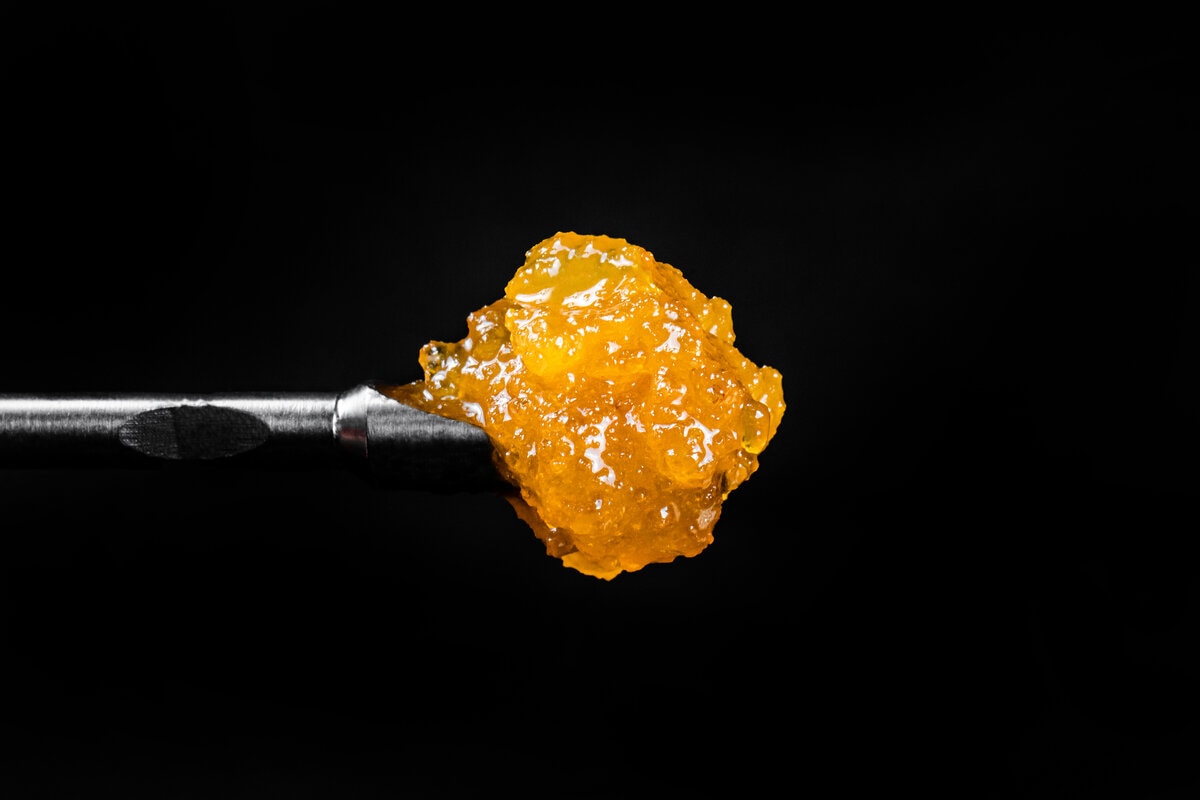
Crumble: A Flavorful Concentrate
Crumble, known for its distinctive, crumbly texture, is created by applying a specific combination of temperature and time during the extraction process to achieve a desired consistency while preserving as much flavor as possible. Crumble can be consumed through a dab rig or by incorporating it into prerolls, offering a versatile and flavorful experience to users.
Shatter and Budder/Badder: A Diverse Experience
Shatter and budder/badder, while being distinct in their consistency and appearance, offer varied experiences to cannabis enthusiasts. Shatter, with its fragile, glass-like structure, and budder/badder, with its butter-like consistency, are derived from resin through different post-extraction processes, providing users with options that cater to their preferences and desired experiences. Again, the difference between live resin and rosin is that solvents like ethanol, carbon dioxide and other light hydrocarbon solvents.

What is Rosin?
Rosin, celebrated for its potency and straightforward production, is a cannabis extract obtained without using solvents like butane or CO2, unlike live resin. Instead, the live rosin extraction process employs a mechanical process of heat and pressure, ensuring a safe, pure product. This solventless method yields a sticky, amber-colored substance, providing a clean and potent, cannabis flower extract ready for various uses.
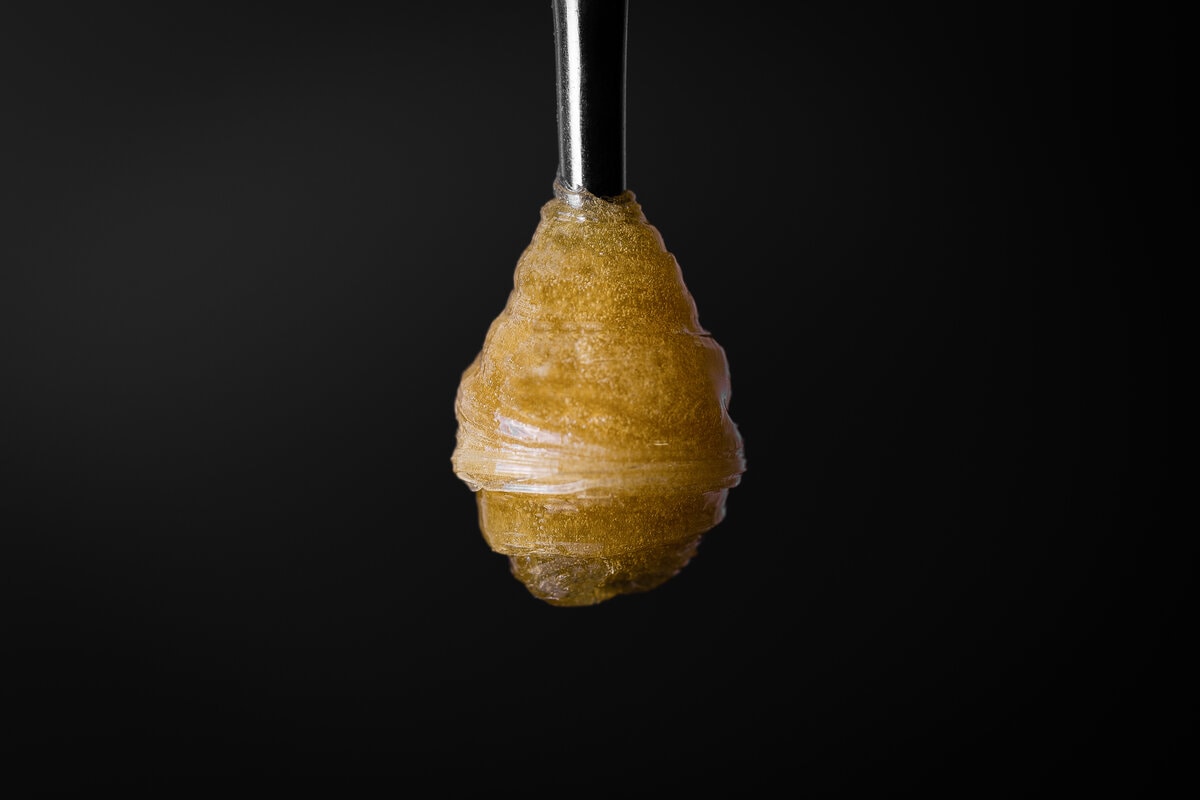
The extraction involves a rosin press, using heated plates to press cannabis material, melting the trichomes and squeezing out the resin. Various types of rosin, such as flower, hash, and live rosin, each offer distinct potencies and flavor profiles, preserving the original cannabis plant material itself's terpene profile. These types cater to different preferences and desired experiences among users.
Rosin can be consumed through methods like dabbing, vaporizing, or enhancing smoking experiences, often favored for its solvent-free nature and rich terpene profile in dabbing. In the market, cannabis rosin is available in forms like shatter and wax, appealing to health-conscious consumers and those valuing rich, unadulterated cannabis flavors and aromas. Its flavor, aromatic richness, and versatile applications continue to establish rosin's unique position in the cannabis industry. The main difference between live rosin vs resin is again, no solvents used.
The "Live" Factor in Cannabis Extracts
What Makes Resin or Rosin "Live"?
The term "live" in the context of cannabis extracts refers to the utilization of fresh frozen flash-frozen cannabis plants immediately after harvest, as opposed to using cured plants. This method of flash freezing safeguards the cannabinoids and terpenes from degradation. The fresh frozen cannabis, ensures a higher concentration of these compounds in the final extract, thereby amplifying the flavors, aromas, and overall efficacy. Thus, resin becomes live resin and rosin becomes live rosin by employing flash-frozen flower instead of cured flower in the extraction process.
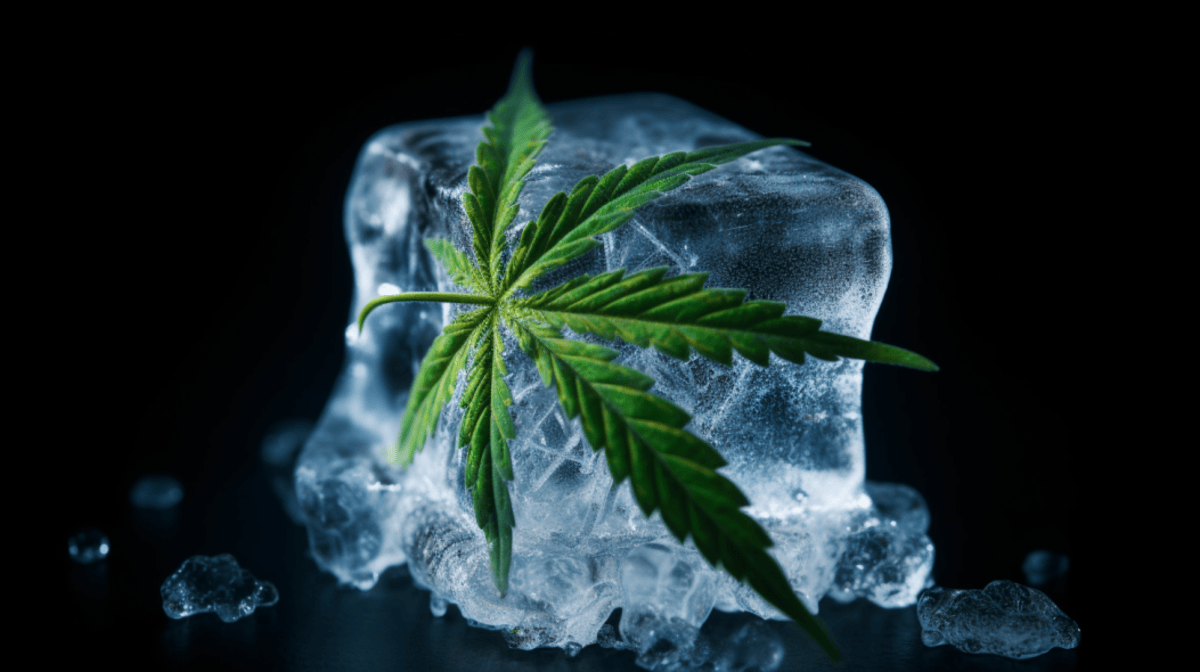
Both live rosin extraction process and the live resin extraction method (other solvent based processes) are two marijuana extract methods that are a market demand for the cannabis connoisseur which is also why it has a higher price point. The main reason too is not just because live resin, live rosin and other extracts typically have more THC then the cannabis buds but the labor intensive process to create live resina nd rosin a potent flavor along witht he potent extracts, a real art form.
With the plant buds immediately frozen it hels savor the terpenes and flavor allowing for a strong flavor that may be diluted when it is cured. Most producers may to small batches even though it is time consuming but it is worth it to enhance and highlight the plant's cannabinoids and provide a final product for the cannabis consumers and cannabis connoisseurs to enjoy the potency, flavor and the therapeutic properties.
Pros and Cons
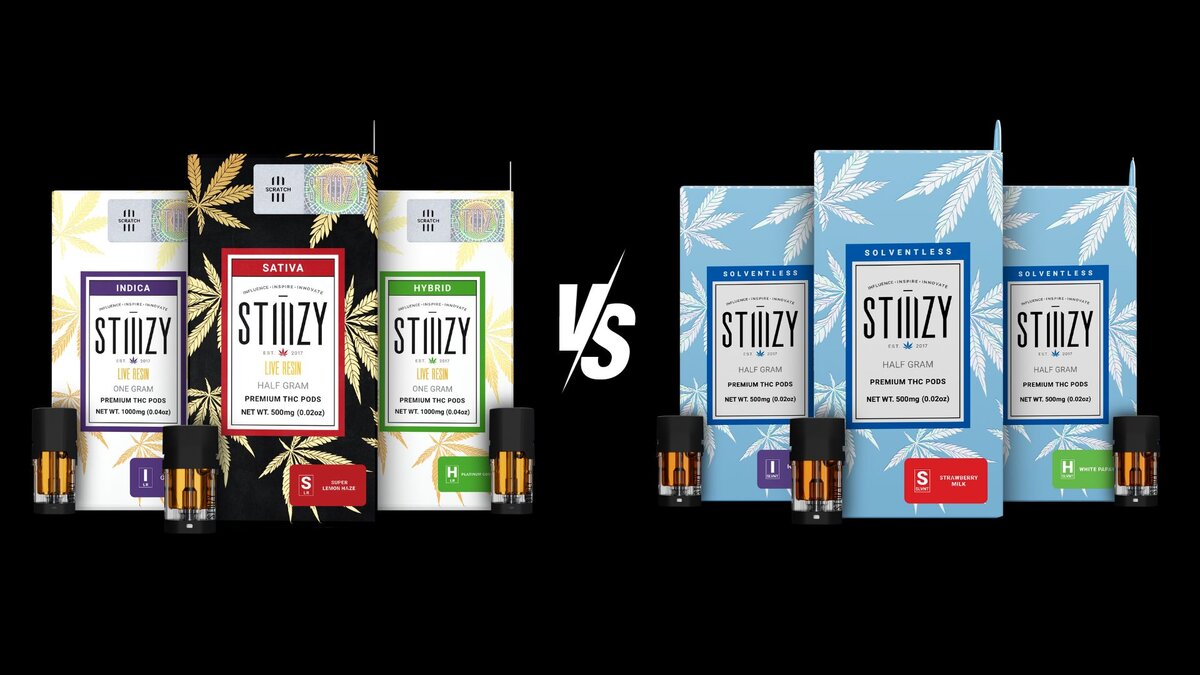
LIVE RESIN
| PROS | CONS |
| Rich Flavor and Aroma: Retains a high terpene profile due to the use of fresh, flash-frozen plants. | Solvent Use: The use of solvents in the extraction process can be a concern for some consumers. |
| Variety: Can be manipulated into various forms like shatter, budder, and crumble. | Complex Production: Requires sophisticated equipment and expertise, making DIY attempts risky and less feasible. |
| Potency: Tends to be highly potent, offering a powerful experience. | Cost: Often more expensive than other concentrates due to the intricate production process. |
| Availability: Widely available in markets where cannabis is legal. | Storage: May require careful storage to maintain consistency and potency. |
| Versatility in Use: Can be used in various consumption methods like dabbing, vaping, or as an edible ingredient. | Regulation: Quality can vary due to differences in production standards and regulations. |
LIVE ROSIN
| PROS | CONS |
| Solventless: Does not use solvents in the extraction process, often perceived as a cleaner option. | Yield: Typically produces lower yields compared to solvent-based extraction methods. |
| Accessibility: Can be produced at home with minimal equipment like a rosin press. | Cost: Despite simpler production, the lower yield and high-quality flower requirement often make it expensive. |
| Natural Flavor: Preserves the natural flavor and aroma of the cannabis plant without solvent interference. | Potency Variability: Potency can be influenced by the quality of the starting material and the extraction process. |
| Purity: Absence of solvents means no potential residual solvents in the final product. | Limited Shelf Life: Tends to have a shorter shelf life compared to other concentrates and may require refrigeration. |
| Safe Production: Lower risk during production due to the absence of flammable solvents. | Inconsistency: The final product can be inconsistent if precise pressure and temperature are not maintained. |

Conclusion: Live Rosin vs Live Resin - A Personal Choice
In summarizing, both live resin vs live rosin offer unique experiences, with resin being extracted using solvents and rosin offering a solventless option with heat and pressure application. Both can be “live” when utilizing flash-frozen cannabis plants during extraction, drying and curing process and both can be manipulated into various forms of concentrates. The choice between both live rosin and resin often boils down to personal preference, desired potency, flavor profile, and cost considerations.
The main difference between live resin vs live rosin is in the production process. To create live resin, solvents will be used but there are additional process to help remove any residual solvents before one might consume live resin. The solventless live rosin process, uses no chemical solvents within the extraction which is one resin medical marijuana patients may prefer it because it is more "natural". Whether its the high heat or cold cure live rosin and live resin are both unique extracts made from the original plant and plant material that it might not be so easy comparing live resin to live rosin. Find your STIIIZY local dispensary near you to see the different live rosin and live resin cannabis products.

